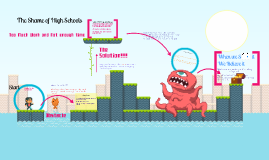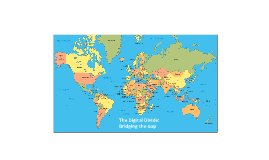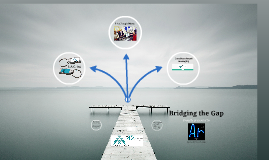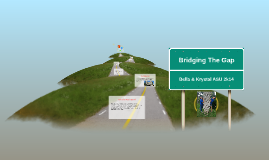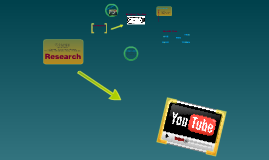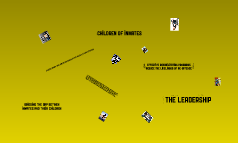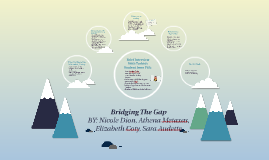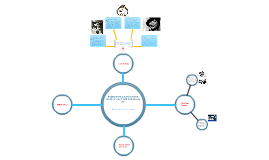Bridging the Gap
Transcript: Hurston explains how sometimes in her life, she doesn't have a race - rather, she is her own person. She doesn't see herself as an outcast from everyone else. Instead, she disregards the racial issue and defines people based on who they are, not what they look like. However, reality strikes and people judge skin color nonetheless. The author describes her perception of an American citizen in this statement. Clearly, she says that she doesn't feel any different from being a citizen and black, therefore she believes skin color is irrelevant to the definition of being an American citizen. Unfortunately, this differs from the view of the average white citizen, who discriminates against colored people. Hurston describes how she saw no difference between a white and black person, other than the fact that the white folk didn't live in her town. Although she was at an early age during this time, it does not skew her attitude towards the issue of skin color. In the simplest of words, she believes that people are people. Be that as it may, others were still dumbfounded while in the presence of colored people, and couldn't grasp the author's point of view that skin color is extraneous of who people are. Relationship "I have no separate feelings about being an American citizen and colored," (Hurston 3). Modern Gilded Connection Text Evidence #4 Gilded Age Research The author explains how someone is always reminding her that she is black. From her point of view, she makes it seem like skin color wasn't an issue and that everyone should live in harmony together. But in reality, skin color WAS an issue, and this quote explains how other people saw her as a colored lady. Brandon Riney - Sherman 6th Key Points Bridging the Gap: Appearances vs. Reality in "How it Feels to Be Colored Me" Essential Question: How does Hurston's reality - the way she sees herself - conflict with how others may think she should see herself? "Someone is always at my elbow reminding me that I am the granddaughter of slaves," (Hurston 2). Story Analysis "At certain times I have no race, I am me," (Hurston 3). "...white people differed from colored to me only in that they rode through town and never lived there," (Hurston 1). Text Evidence #3 Text Evidence #2 Text Evidence #1 Rapid economic growth generated vast wealth during the Gilded Age New products and technologies improved middle-class quality of life Industrial workers and farmers did not share in the new prosperity, working long hours in dangerous conditions for low pay Gilded Age politicians were largely corrupt and ineffective Most Americans during the Gilded Age wanted political and social reforms, but they disagreed strongly on what kind of reform The Gilded Age was a period of extreme advancement - the nation was making incredible promotions of industry, science, and the settlement of the frontier. Although this was a productive era, many whites still had harsh feelings for those of different skin color. Because of this, there were many facilities intended only for whites. This relates to "HIFTBCM" because the author believes she is in a world filled with equality and opportunity, when in reality extreme discrimination lingered. Works Cited The Gilded Age: Today's Society There are many things in our world that are different from what they seem. Some of these misconceptions can be viewed in today's media, as well as around the world. For example, the movie "Batman" depicts this quality of "gildedness" as the main character possesses two different identities: Bruce Wayne and Batman. In both characters, he tries his best to fulfill good deeds. However, the public views Batman as a dark and scary super hero, but is proven wrong when he fights off evil and helps protect the innocent. This goes to show that actions define who you are, and that appearances only go so far. "The Gilded Age Summary & Analysis." Shmoop: We Speak Student. Shmoop, n.d. Web. 14 Nov. 2012. <http://www.shmoop.com/gilded-age/summary.html>. Martinez, Marine La. "Segregation and Discrimination." Segregation and Discrimination. Slide Share, 10 Dec. 2007. Web. 15 Nov. 2012. <http://www.slideshare.net/marinelamartinez/segregation-and-discrimination-198621>. "Appearance vs. Reality." Modern Media. Blogger, n.d. Web. 15 Nov. 2012. <http://2cool4english.blogspot.com/p/modern-media.html>.






